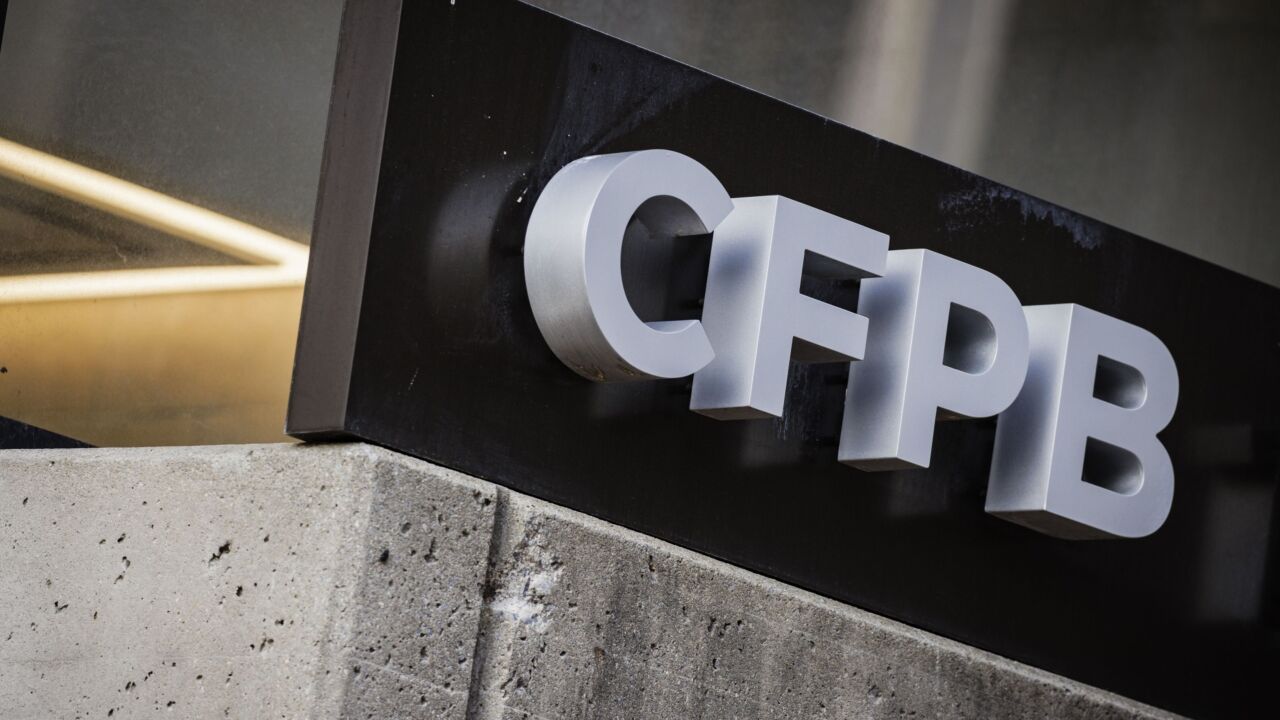Mobile branches and portable automated teller machines have been around for a while, but most bankers say the technology that connects them to their home base has been nothing to write home about.
Banks that have used mobile ATMs or branches - either to reach out to a remote community or a disaster site, or to provide financial services at specific events - have used less-than-reliable ways to settle the transactions. Some have batched them and settled them after bringing the remote unit home. Some have run phone lines into nearby buildings or paid high per-minute prices for wireless connections.
However, some bankers say they have had good experiences in the last year with a newer communication format, Wireless Internet Protocol. The format is less expensive than other types of wireless connections and offers easier and more secure connections to mobile branches and ATMs, the bankers say.
For instance, Travis Credit Union in Vacaville, Calif., has owned a mobile ATM for more than four years and upgraded it to the WIP format three months ago. "Not only is it very cheap, but it has been very dependable for us so far," said Craig Crismon, the assistant vice president of information technology.
"Landline is very dependable, but it's also very cumbersome to get in place and deployed," and the cellular system the credit union had used was too expensive to be practical, Mr. Crismon said.
The WIP system is not only cheaper, but also faster, safer, and more efficient, he said. Earlier wireless technology offered banks the equivalent of using an analog modem to transmit information over the phone, but WIP lets banks transmit it digitally.
Armed with WIP technology, Travis Credit Union has used its portable ATM as a temporary way to reduce lines at a branch where permanent ATMs had heavy traffic, Mr. Crismon said. "We knew we needed to add new machines, but that was going to take months to set up."
The portable ATMs are also a good way to evaluate potential locations for permanent machines, he said. "We've used" portable machines "for testing out potential ATM sites," because they give Travis a clear picture of how much traffic a permanent machine would get at a particular location.
Matt Fuller, a senior partner of Mobile Automated Teller Terminal Systems LLC, a Reno manufacturer of mobile branches, said the WIP format allows banks to establish a continuous, encrypted wireless connection. A typical monthly fee would be $300 for a teller station or $210 for an ATM, he said.
Older communications technology could cost banks as much as eight times as much, Mr. Fuller said. An ATM connection with a cellular connection, for example, could cost $420 a week.
"The biggest thing," in the mobile branch market "is the new wireless communication," he said.
WIP technology was introduced early last year and is now catching on with many of Mr. Fuller's customers. The technology, combined with an increased interest in using mobile branches for disaster recovery, has driven up demand for mobile ATMs and driveaway branches, he said.
In 2002, Mobile Automated sold four units; last year, after adding the wireless technology, it sold eight. So far this year it has sold eight more.
Mobile branches - picture a mobile home with ATMs and teller stations instead of a kitchen and bunks - can be used in a variety of situations. They provide temporary service to customers when a permanent branch has been knocked out by a natural disaster, or they can deliver regular service to rural communities where the population is too scattered to justify a permanent branch.
Mobile Automated's units range in price from $33,200 for a bare-bones trailer with an ATM to $175,000 for a mobile home that includes two ATMs, two teller windows, an office, and a restroom, Mr. Fuller said.
Travis Credit Union is a customer, as is Alpine Banks of Colorado, a Glenwood Springs company that added WIP technology a few months ago to the mobile ATM system it has been using since last year. Glen Jammaron, Alpine's president, said that the wireless connection "makes it a lot easier to set up" at community events, where "it's a good name-promoter for the bank."
Virginia Garcia, a senior analyst at TowerGroup, the Needham, Mass., unit of MasterCard International, said it is "not surprising" that demand for mobile banking systems is increasing. In addition to their usefulness in post-disaster situations, mobile branches can help a bank reach new communities, she said.
Anjalee C. Davis, an analyst for the Boston market research firm Celent Communications LLC, said that WIP technology is especially helpful to midsize institutions, because it is more affordable. "There seems to be a niche of midsize banks and credit unions that are looking to cost-effectively serve the rural population."
Mr. Crismon said he has not yet had to use his mobile ATM following any type of disaster, but if phone service or electricity were knocked out at a branch, he would send out the machine immediately. "One of these days, something is going to happen, and it's going to come in handy."





